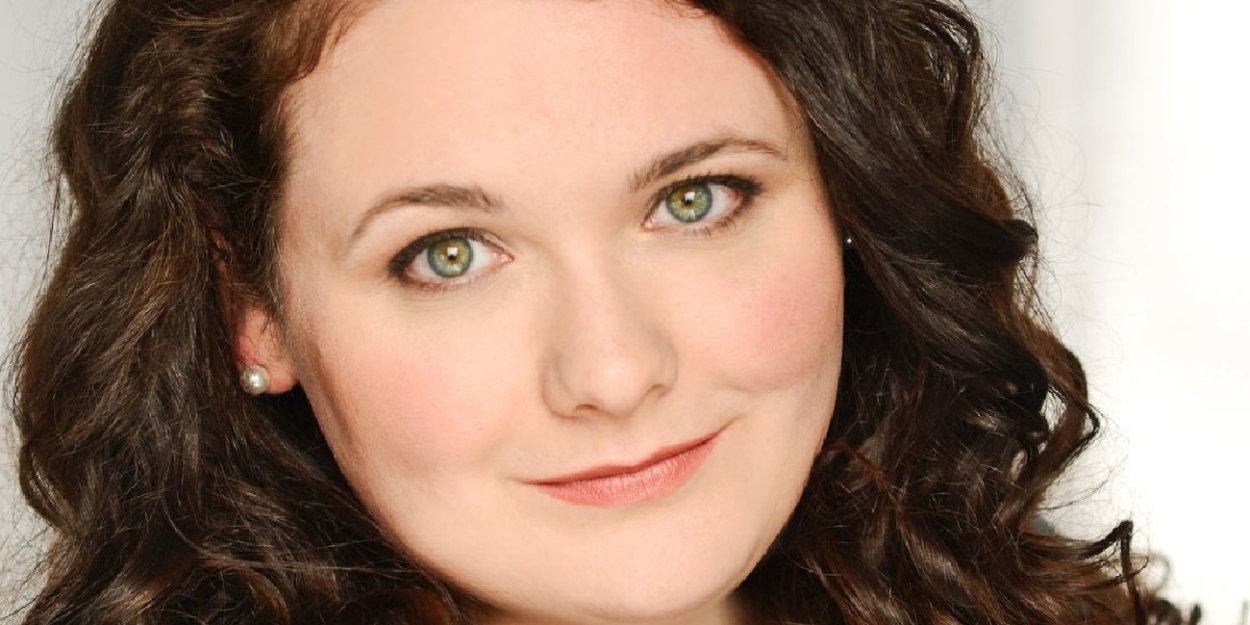Review: THE WORRIES OF WESLEY (OR: HOW I LEARNED TO STOP HAVING ANXIETY, OR NOT REALLY, BUT I AM TRYING TO) at Riffe Center
Play aims at teaching people how to cope

Remember when you thought you heard those little, tiny voices inside your head?
In the one-hour, one-act play, THE WORRIES OF WESLEY (OR: HOW I LEARNED TO STOP HAVING ANXIETY, OR NOT REALLY, BUT I AM TRYING), those voices aren’t imaginary, but they physically exist. And strangely enough, they look kind of like Beaker, the cylinder-shaped creature from the Muppets, only with a slightly better vocabulary.
This is the premise of The Contemporary Theatre of Ohio’s latest production, which runs Jan. 26-Feb. 11 in Studio Two in the Vern Riffe Center (77 S. High Street in downtown Columbus). The quirky show, by Canadian playwright Jessica Moss, aims to teach its audience techniques on how to rein in those voices and anxieties.
Wesley (played by the delightful sprite Simone Dean) is an eight-year-old girl who befriends the inner voices. The voices becomes her best friend, along with human friends Cameron (Zeke Moses) and Parker (Anisah Aziz).
However, three events send Wesley into an emotional nosedive. Initially, the school is having its first lockdown drill. Next, her parents Parent 1 (Brian C. Gray) and Parent 2 (Justin King) begin arguing about the long-term effects of global warming and using their cellphone during dinner.
The constant nudging of the voices in her head keeps Wesley awake at night and causes her to have stomach pains, body aches, and insomnia. Whether the pain is real or imagined, it leads Welsey to skip Cameron’s birthday party, abandoning Parker in the process.
When Wesley returns to school, she finds Cameron and Parker are no longer speaking to her.
Moss’s script provides a realistic look at an anxiety attack as Wesley’s fears swirl about her as she twists and turns as she tries to get some sleep. Each one of the anxiety puppets spout off a single thought – “Everything’s fine,” “No cell phones at dinner,” “Spaghetti!” – as they dance around her head.
What is interesting is the young actors usually appeared to be the reasoned performers in THE WORRIES OF WESLEY. Dean keeps her character on an even keel until her anxieties knock her off kilter. Aziz’s Parker also is a very mature elementary school student, but she too becomes unhinged at the thoughts of pepperoni pizza. Of the three young actors in the show, Moses’ Cameron is the goofiest with his over-the-top, “Fosse, Fosse” dance breaks. However, Moses reveals a truly sensitive side to the portrayal when he expresses the hurt he feels about Wesley skipping his party.
On the other hand, Gray and King who play Wesley’s parents while Gray also plays Wesley’s teacher, add an extra layer of overdramatic fun to the work.
In lesser hands, THE WORRIES OF WESLEY could turn into an afterschool special on television. However, Alan Tyson’s direction and Moss’s idiosyncratic screenplay turn it into something far deeper than that.
Tyson designs a show that is truly kid-centered, even playing theme songs from cartoons like Disney’s KIM POSSIBLE and PBS’ ARTHUR before it begins. The bright orange and pink colors with its big, cushiony blocks makes the stage look like an elementary school student’s room, albeit much cleaner.
Yet the show, which is partially sponsored by On Our Sleeves, the Movement for Mental Health, goes much deeper. One approach to solving Wesley’s worries is a psychotherapy practice called Internal Family Systems. That practice identifies and addresses multiple sub-personalities or families within each person's mental system. Characters also use a 5-4-3-2-1 psychotherapeutic technique in which participants acknowledge five things they can see, four things they can touch, three things they can hear, two things they can smell and one thing they can taste as a way of refocusing.
What is interesting about this show is the effect it has on its audience. In one of the darkened corners of the theater, a daughter clung to a parent during one of Wesley’s attacks and in a talkback after the show, another talked about his own battles with anxiety. A woman in the audience related Wesley’s fears during the lockdown drill to the angst she felt during the “Stop, Duck, and Cover” drills her school did during the Cold War.
We live in anxious times. A study of students at a university in Kentucky, published in the National Library of Health and Medicine, stated 88 percent of students experienced moderate to severe stress in the wake of COVID 19. Anxiety is something you never outgrow, but hopefully, the techniques THE WORRIES OF WESLEY espouse could provide long term help for those who need it.
PHOTO CREDIT: Jennifer Grant
.png)
Reader Reviews
Videos

